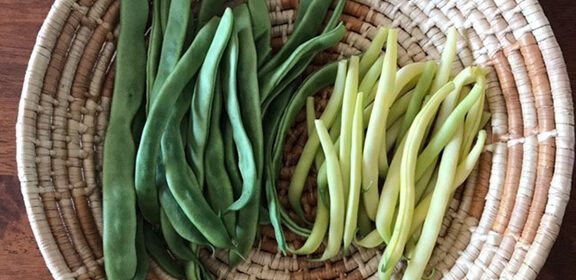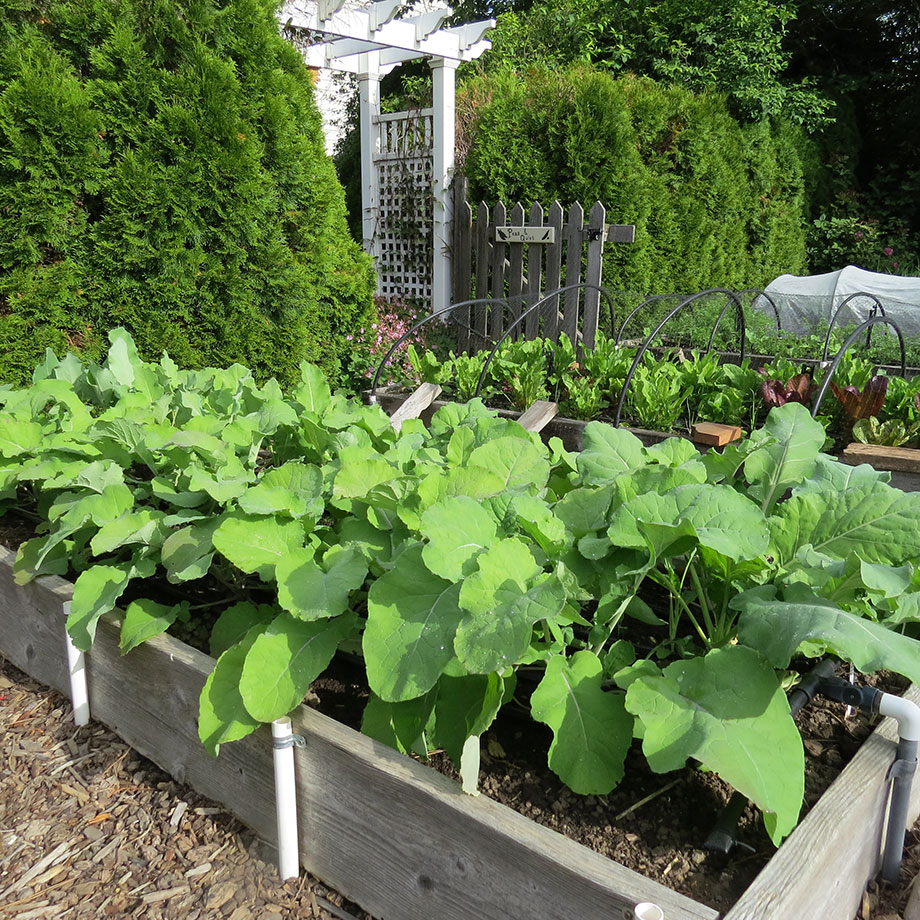Feb. 27 Column: New Garden Season

It’s time for my second garden column. What’s this week’s topic? The start of the new garden season. That would ordinarily be the topic for my first column but I wanted to give everyone enough time to sign up for the Cabin Fever Virtual Gardening Symposium. That was the topic of last week’s column.
In today’s column, I talk about some changes I’ll be making in this year’s vegetable garden. You can read it in today’s edition of The Spokesman-Review: Even after a tough season, it’s easy to cultivate enthusiasm for this year. Or you can read the text of my column underneath this week’s video.
Last year, many of our plants really suffered in the extreme heat. You’ll learn about some new bean varieties I’ll be trying and see the entire list of the crops we plan to grow. You can also find that list right on this website: Susan’s Garden – 2022. I even provide potential sources for the seeds if you want to try some of them, too.
For this week’s video, I did something a little different. Last year, I shot two separate videos about what I like to call “gutter peas.” That’s where you start pea seeds in rain gutters and then quickly plant them in trenches when the time is right. Those videos were separated by a little over a month. At the time, I said I would combine the two videos into a single one so you would have all of the information (sowing the seeds, transplanting them and ways to support the plants).
Well, this is a case of best intentions because I got so busy that I forgot to do that for you. My apologies! So today I am righting that wrong and am hoping you’ll find this video really helpful.
I intend to sow my pea seeds in gutters on about March 7, in case you’re curious.
I would love to hear if you are going to switch to the gutter pea method! Just drop me a note at Susan@SusansintheGarden.com. Happy gardening, everybody!
Here’s my column:
by Susan Mulvihill
A new growing season is always full of promise. We gardeners have been finalizing our lists of vegetables and flowers to grow, pondering new methods to try and looking for ways to improve upon previous seasons.
Last summer was one of the most challenging seasons I’ve ever experienced. The combination of extreme heat, drought, and smoke took a lot of the joy out of my favorite pastime. Don’t worry, though, because my enthusiasm is back stronger than ever. I intend to build upon the lessons I learned from that tough growing season.
While we’ve all experienced dry and smoky conditions before, the record-breaking high temperatures made us all scramble to keep our plants as comfortable as possible. I intend to monitor the soil moisture even more closely this year and have evaluated how each crop performed during those tough conditions. Out of everything we grew, the pole beans struggled mightily, prompting me to replace our longtime favorite, Musica, with two new-to-me varieties.
According to my research, Fortex and Rattlesnake beans are more heat-tolerant so I’m excited to try them out. Last year, I grew a late planting of Topcrop bush beans in a last-ditch effort to make up for the paltry Musica harvest. I was pleasantly surprised to discover that Topcrop is one of the tastiest and most productive varieties I’ve ever eaten. I don’t ordinarily grow three types of beans in a single season but that’s the plan for this year. If I end up with a glut, it will be a treat to share the excess with our local food pantry. As you can see by the list of what I’m growing this year, there will be other new additions and plenty of delicious meals to look forward to.
The timing of planting warm-season crops was one lesson that finally hit home with me last year. In theory, the Spokane area is finished with frosts by mid-May. I always get so excited to plant my tomato, corn, melon, squash and bean seedlings once May 15 arrives. Unfortunately, Mother Nature always likes to sneak in one more cold snap as soon as I’ve tucked the last tomato plant into its bed. This results in a frantic dash out to the garden to cover the tender crops with every blanket and tarp I can get my hands on.
That familiar scenario occurred once again last spring so I vowed to wait until late May in future seasons. I fear the only way I’ll stick to that resolution is to put it in writing for all to see. If you’ve had the same experience every year, you are welcome to join me in taking the pledge.
Let’s all raise a trowel to toast the 2022 garden season: may our vegetable plants provide abundant harvests and let’s hope the weather will be much more pleasant.
Susan Mulvihill is author of “The Vegetable Garden Pest Handbook.” She can be reached at Susan@susansinthegarden.com. Watch this week’s “Everyone Can Grow a Garden” video at youtube.com/susansinthegarden.
2022 Mulvihill Garden
Artichoke: Tavor
Basil: Fino Verde
Bean, bush: Topcrop
Bean, pole: Fortex, Rattlesnake
Beet: Cylindra, Golden
Broccoli: Monflor
Carrot: Danvers 126, New Kuroda, Scarlet Nantes
Celery: Tango
Chard: Ruby
Corn: Sweetness Bicolor
Cucumber: Lunchbox
Garlic: German Red, German Porcelain
Leek: Bulgarian Giant
Lettuce: Bronze Beauty, Crisp Mint, Forellenschlus
Melon: Tuscan Napoli
Onion: Ruby Red, Stuttgarter
Pak Choi: Bopak
Pea: Green Arrow
Pepper: Early Jalapeno, Marconi Rosso, Pot-a-peno
Potato: Blue Belle
Pumpkin: New England Pie
Squash, summer: Cocozelle
Squash, winter: Australian Butter Squash, Autumn Frost, Butternut, Cushaw, Goldilocks
Tomato: Federle, Gilbertie, Mortgage Lifter, Pandorino
Turnip: Silky Sweet

